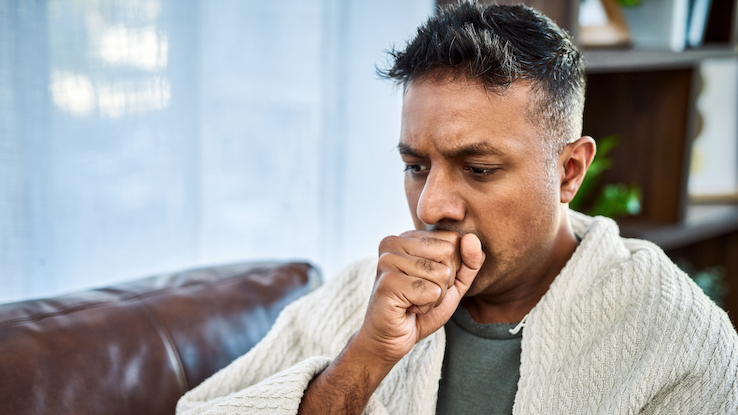
Walking pneumonia is caused by a bacterial infection due to Mycoplasma pneumoniae that is usually much milder than other types of pneumonia. People often transfer the bacteria in close quarters, such as employment or school. Symptoms may take up to two or three weeks to appear.
Symptoms
There are two presentations of an infection with M. pneumoniae: One is the chest cold, which is a milder form. The other is pneumonia, which is the infection of the lungs. Symptoms develop slowly once an individual contracts walking pneumonia. In most cases of the chest cold, people have mild flu-like symptoms such as chills or a fever, a sore throat, a headache and lingering weakness. For pneumonia, violent coughs with little to no mucus present are a common symptom, in addition to general fatigue throughout the day and fever. In some cases, walking pneumonia is accompanied by an ear infection, skin rash or anemia.
Risk Factors
People who smoke, live with another chronic illness or have a weak immune system are at risk of developing walking pneumonia. Old age also increases the risk. Walking pneumonia is most commonly transferred by air, so spending time near an already infected person can lead to infection.
Treatment
Generally, physicians prescribe an antibiotic to treat walking pneumonia. Often, treatment may not be necessary as the body’s immune system wards off the bacteria naturally. Some individuals with walking pneumonia opt to take over-the-counter flu or cold medications to relieve the symptoms. However, doctors usually prescribe antibiotics if someone develops pneumonia (the lung infection) caused by M. pneumoniae. Health professionals recommend plenty of fluids to hydrate the body and rest to fuel the immune system to fight off the infection.
Prevention
People can take precautions to reduce the risk of contracting the bacterial infection. A healthy lifestyle that includes a well-balanced diet, exercise and rest can improve the performance and strength of the immune system to ward off infections. Frequent hand washing to prevent germs from spreading is also a critical preventative measure. People should cover their mouths when coughing or sneezing since airborne transmission is the primary means of contracting walking pneumonia. Individuals who smoke should quit as soon as possible because smoke damages the lungs and makes them more susceptible to infection.
Walking pneumonia is a less severe form of pneumonia that may leave patients feeling like they have a cold. Even though pneumonia is a painful ailment, people with walking pneumonia often feel well enough to walk around, work or attend school without the need for hospitalization and bed rest. Still, make sure to seek the help of your healthcare provider if you show any of the symptoms of walking pneumonia.
Resource Links:





